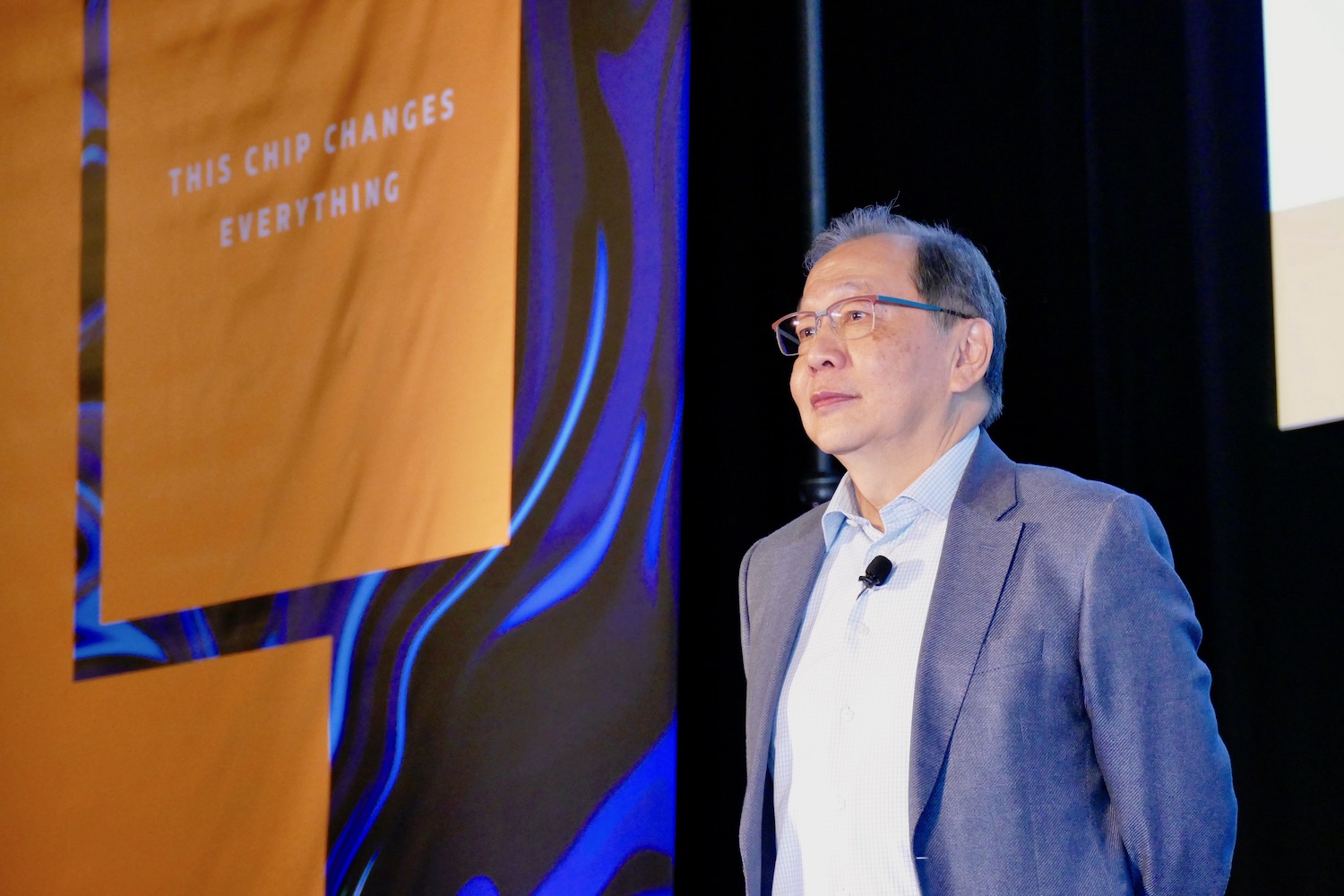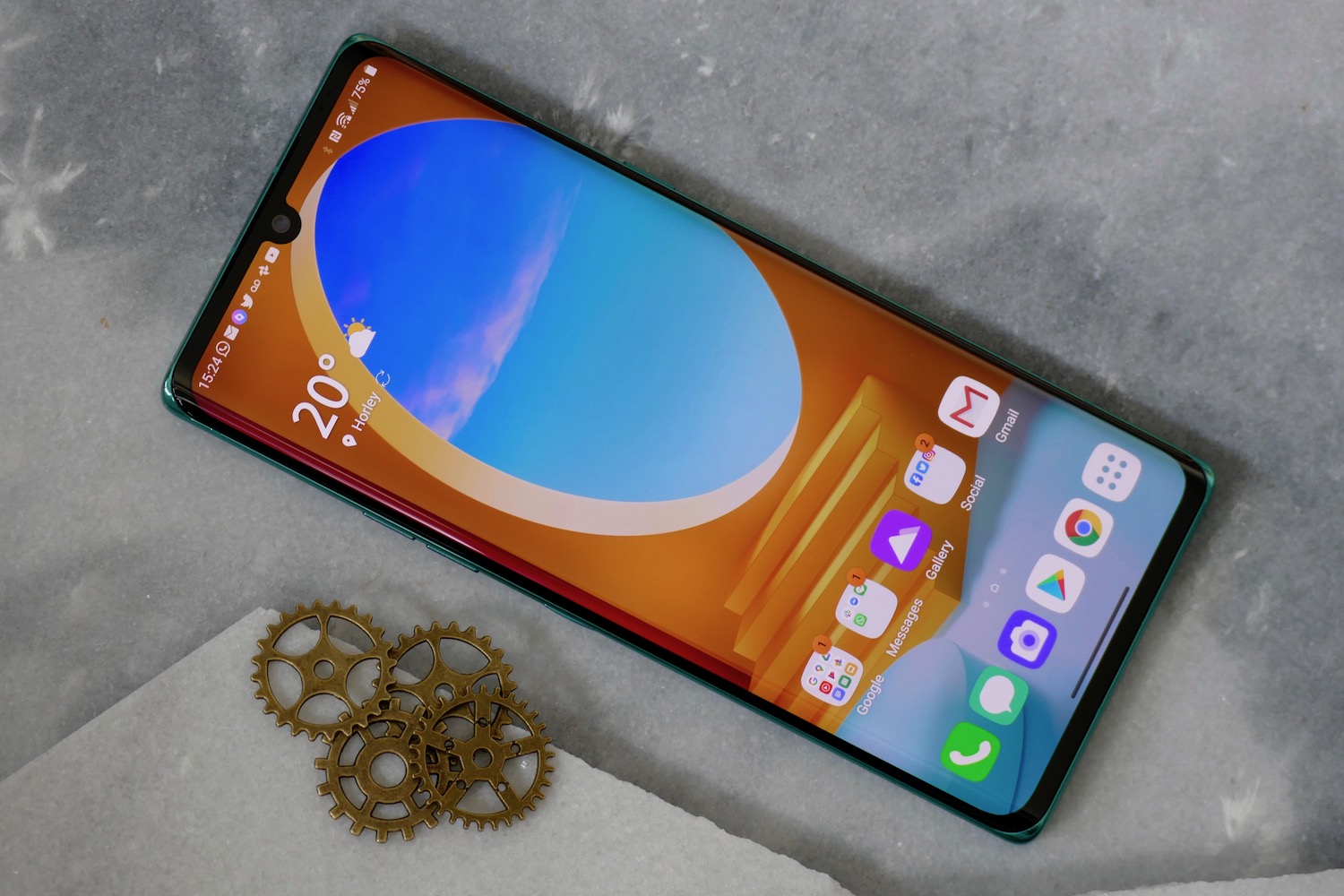You may not be familiar with Taiwanese semiconductor company MediaTek’s name, but there is a high chance you have one of its chips in a product in your home. MediaTek’s chips power many Amazon Echo devices, a high percentage of smart televisions, the Peloton exercise bike, a variety of smartphones, a growing number of Chromebooks, and a host of other connected products too.

At the end of 2019, it was just embarking on its 5G journey, and ahead of the first annual MediaTek Summit at the time, I spoke to CEO Rick Tsai in person, about the large scale changes in action throughout the company. Mr. Tsai didn’t strike me as one for bluster or exaggeration, but it was clear he had high expectations and was determined to banish the ghosts of its less-than-successful efforts to quickly capitalize on 4G.
Due to the coronavirus pandemic, MediaTek’s 2020 summit is taking place virtually, but I still had a chance to speak to Mr. Tsai, albeit online this time. Despite the trials and tribulations of a turbulent year, the company-wide changes Tsai talked to me about 12 months ago appear to be paying off.
An eventful year
“It has been an eventful, but also a very positive year for MediaTek. I’m very pleased with our performance,” Tsai told me proudly. “Looking back, when we talk about last year and then look at this year, I’m proud to say we really delivered.”
What has MediaTek delivered? Starting with the Dimensity 1000 5G system-on-a-chip (SoC), MediaTek has subsequently released a family of 5G chips, pushing the industry forward with its integrated Sub-6 5G modems, notable power efficiency, and Wi-Fi 6 advancements. On the smartphone side, the Dimensity 1000 5G powers the LG Velvet 5G phone you can buy from T-Mobile, and it partners with many other manufacturers including Oppo, Realme, Lenovo, Samsung, Acer, and Motorola.

In all, it has shipped 45 million Dimensity SoC’s in 2020 already. This is very different than 2019, when the list of MediaTek partners using the firm’s chips in 4G phones was considerably shorter, and arguably less illustrious. The difference in MediaTek’s fortunes is clear.
“A breakout may be a bit strong,” Tsai said, describing the company’s year while displaying the same humbleness he did when we met last year. “But on the other hand, I look at the third-quarter numbers, and it’s difficult not to call that a breakout quarter, at least.”

During the third quarter of 2020, MediaTek reported a 44.7% increase in revenue and an increase of 108% in operating income, compared to last year. A significant portion of this came from demand for tablets and Chromebooks, and it’s now the world’s top supplier of SoCs used in ARM-based Chromebooks.
Emphasizing the impact 2020 has had on MediaTek’s business, Tsai added:
“I really hope that in five years from now, we look back and say 2020 was a breakout year for MediaTek.”
Not the easiest start
Few individuals will look back on 2020 with much love, and while MediaTek’s year has turned itself around, the year didn’t start off looking very rosy.
“On the smartphone side, the first quarter was almost like a disaster,” Tsai recalled. “China [where MediaTek sells most of its chips] basically stopped, but fortunately for us, our 5G was just starting so the impact was minor. Then in the second quarter, when China started its recovery quicker than many expected, the smartphone business also showed a good recovery.”
When Tsai and I spoke last year, he admitted the company didn’t capitalize on 4G and was late to the game with a competitive product. This unpreparedness seems to be a thing of the past, based on Tsai’s description of the company’s approach to the chaos of early 2020.
“Right from the beginning of the year, from January, we started mobilizing against the coronavirus,” he explained. “We prepared for the worst-case scenario from a business point of view. Our team responded to the stress in a very positive manner. Then we have the U.S. and China conflicts. That was another huge issue. But we made it through and we delivered. Without our culture and the teamwork we’ve built, I would say we would have had tremendous problems. We were also early, as a credit to the team, in being able to secure the capacity [meaning the wafers, power management circuits, and other components MediaTek requires for its products] we needed.”
Tsai reiterated an “alignment” in the company culture, an interesting phrase which speaks to the continued, improved teamwork happening internally, helping MediaTek respond to, and manage the challenges 2020 presented. Those early challenges turned into opportunity, as MediaTek found demand for its products suddenly increasing. Tsai explained:
“In the second quarter and early in the third, we started to see a ‘hunger surge,’ and our products and technology met the needs almost perfectly. I think the new normal, whatever that is, is here to stay. Something permanently changed, and for MediaTek, it’s a good fit. As a result, we are gearing up our efforts, and our growth potential is getting better.”
The near future
What does the future hold for MediaTek? The Dimensity 700 is the company’s latest SoC announced. It has been in the plan for some time, and part of MediaTek’s extended family of 5G chips. It’s a mass-market SoC, but it’s still built using a 7nm process, has a strong modem, and efficient power consumption. A wide portfolio of chips is essential for it to compete, and the mass market 5G Dimensity 700 joins the mid and high-end chips already launched.

However, MediaTek’s plans extend beyond the mass market.
“We will have a new high-end chip out at the end of this year, or early in the first quarter next year,” Tsai revealed.
It will be a follow-up to the Dimensity 1000 and 1000 Plus, with even stronger processing ability. It will use ARM Cortex A78 cores, operate at speeds of up to 3.0GHz, and will be built using a 6nm process. Tsai also confirmed it’s “well on its way to releasing its first 5nm chip,” too, and that it will come sometime in 2022.
In addition to its Sub-6 5G efforts, MediaTek is also working on a mmWave modem.
“We have been working on it for two or three years, and I’m pleased to say it’s working pretty well,” Tsai said. “We will have [the modem] out fairly soon, and we will have samples of an SoC with a mmWave capabilities sometime next year, with mass production in 2022.”
Branding and beyond
While positive, this does present a further challenge for MediaTek. If it wants to succeed in meeting demand for high-end chips, and emerging U.S.-centric technology like mmWave, branding is going to play a big part in its ongoing success. Compared to its industry rival Qualcomm, MediaTek hasn’t quite cracked the branding conundrum yet, despite it being another action point on Tsai’s list last year.
“It’s going reasonably well, but I think we need to do better,” Tsai admitted. “We’re getting our share in China, with the Dimensity chip being utilized by all the major brands, but we’re not doing as well in the U.S. and Europe yet. We still have a way to go. We must continue, we need the branding so people really feel they need MediaTek, be willing to pay for our chips, and not just be a second source.”
If last year was about developing the right 5G products for MediaTek, 2020 has been about gathering momentum. Next year it needs to work hard on the branding issue, and continue riding the growing wave of 5G success. Tsai was quietly confident:
“We are on the right track, and we have some aggressive targets for 2021. We are going to come out of the year in good shape, and I intend for next year to be good too,” he said.
If MediaTek can thrive in 2020, a year which could have easily gone in entirely the opposite direction, it seems the company’s work on getting the fundamentals right, from the right products to preparedness and teamwork, is really paying off.



